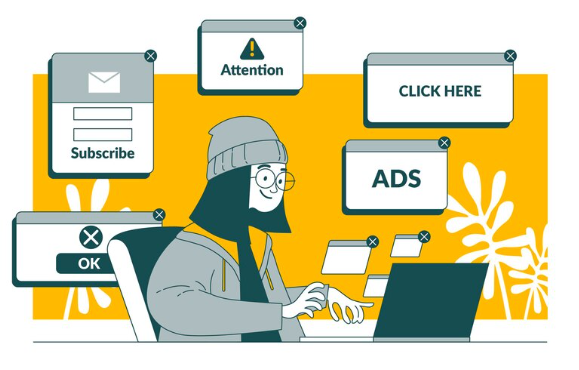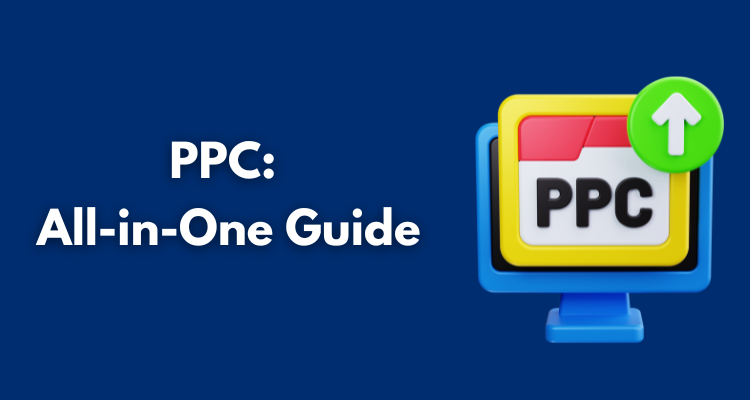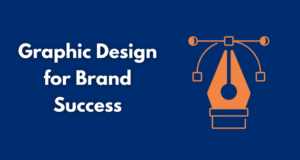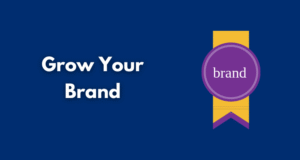A hundred years ago, people learned about advertising events from newspapers. In 2025, newspapers retained their printed form, however, most have moved their field of activity to the Internet. SEO optimization certainly helps with promotion according to algorithms.
But at the same time, money for clicking on a link is not received. How to make a click paid? Here, the PPC management services come to the rescue. If you want to know how to get $250 from 100 clicks, this post is for you.
Table of Contents
ToggleHow to Determine PPC Correctly?

Pay-per-click advertising is a digital marketing model in which the advertiser pays a commission every time one of their ads is clicked. Simply said, you pay for targeted traffic to your website (obtaining page or application). When PPC runs properly, the charge is minor since each click is valued more than the cost you are charged for it.
Google Ads for PPC strategies is the most common tool. In essence, it’s a win-win situation: Google obtains a lot of traffic, while you get the impressions and clicks on your advertising. ROI-focused PPC campaigns directly depend on SEO indicators: the number and the rate of keywords. The following factors are generally taken into account:
- quality of the landing page;
- relevant content;
- attractive text;
- attention-grabbing ad when using additional media or social advertising.
After you’ve launched an ad, Google Ads will show you all the details, including where and when it will appear, how much you’ll pay for a click, the number of clicks, and more. These parameters are decided algorithmically using your budget, bid, campaign parameters, ad quality, and relevancy. Furthermore, PPC services promote marketers by offering higher ranking positions and reduced rates.

TOP 5 Most Common Mistakes in PPC Advertising
There is a joke among marketers: “What is faster: the speed of light or the speed of changing trends?” For this reason, PPC campaigns for small businesses and some specialists make mistakes. Copify, as an expert in digital marketing, will share its experience and tell about situations and how to avoid them.
1. Fails in Targeting Audience
Everyone recognizes that any brief begins with defining the target audience. However, not all traffic is desirable. Running campaigns with overly broad targeting generates clicks that rarely convert. Another mistake that many people fall into is a failure to segregate their target audience. To avoid this, request insights: demographic, behavioral, and quantitative data to develop audience segmentation.
Messaging must be tailored to various demographics and interests to enhance engagement. Use retargeting to engage users who have already expressed interest. Not conducting A/B testing limits your capacity to adapt to audience preferences. Even small adjustments can have a huge cumulative effect on results.
2. Wrong Realization of SEO Basics
PPC vs SEO for business purposes — which one is better? If there is a task of optimization, SEO will help. In the case when it is necessary to get profit from optimization, PPC will be the best option.
For contextual advertising to convert successfully, keywords should be as accurate as possible, reflecting the specific desires of potential leads. Long-tail keywords such as “buy digital marketing courses” will be useful in this context. You are currently drawing the customer’s attention to the fact that he found what he was looking for: to study the fundamentals of this field through a program created (most likely by specialists!).
Think about it: if you are paying a high price for keywords with low conversion, maybe these keywords should be on the negative keywords list? Possibly, you are spending too much on CPC bids for fear of losing to competitors, or losing at all. It is not true that high cost is the key to success, and saving on this will lead to a loss of positions.
Conduct analytics using Google Ads and replace unprofitable ads. You will achieve high conversion when the cost of one click covers numerous transitions — this is what a winning CPC (Cost Per Click) looks like.
3. Dissolution of Brand Name During Localization
One of the biggest risks in international PPC advertising is diluting or creating an inconsistent brand. When you allow each market to customize the messaging completely, things can go drastically off course and break the campaign. Keep in mind that localizing a brand does not mean reimagining it. It’s about adapting the core message to cultural norms, search behavior, and linguistic nuances. Here are some ways to do localization well:
- Provide flexible brand guidelines. Incorporate brand values, ToV examples, into the core of the ad. Break out the dos and don’ts, but leave room for creativity.
- Use transcreation. Literal translation of ads is a trap that even experienced marketers fall into, especially in the Asian and APAC regions.
- Creativity is not omnipotent. One poorly placed idiom or image can derail an entire campaign. Even if you look at the example of two neighboring countries, in one, the word “fish” will be associated with humor. In another, it is associated with religion. Therefore, review the ad with a consultant to avoid losses.
- Consistency doesn’t equal sameness. This means that each of your ads should represent the brand, even if it says something slightly different. A great example would be sports matches, where the players’ jerseys have sponsor logos on them.
Let’s look at a practical situation. Imagine that you are running a back-to-school ad for a clothing brand in the United States and South Korea. Everyone has a need to go back to school, right? However, the school year in South Korea runs in the spring, while in the United States it starts in the fall. Adjusting the timing of the campaign based on regions can help lead to boosted engagement.
4. Blogging For Low-Budget Companies: Up or Down the Price per Click?
Like PPC advertising, blogging entails “knowing what Google likes and doing that.” Websites with a lot of content are preferable, but the content must be useful to the individuals who read it. Otherwise, that does not make sense.
Consider titans such as Amazon or Apple. Their website performs for more than 100,000 keywords and receives an estimated 250,000+ search traffic each month. If they purchased that traffic through PPC, it might run them somewhere around $9.2 million per year.
So, in which way could PPC strategies be realized for small businesses profitably? Since the blog falls under SEO for the most part, the best solution would be to deploy PPC and SEO in parallel. About 2 – 3 posts per week and a good ramp-up will help to show results after a quarter.
5. Ignoring Mobile Optimization in Ad Campaigns
One of the most overlooked mistakes in PPC advertising is failing to optimize for mobile users. A large percentage of ad clicks now come from smartphones and tablets. Yet many businesses still create ads and landing pages primarily for desktop screens. This results in poor user experience, higher bounce rates, and lower conversion.
To avoid this, ensure that your landing pages are responsive, load quickly, and are easy to navigate on smaller screens. Also, use mobile-specific ad extensions and monitor mobile campaign performance separately in Google Ads to fine-tune your strategy. Ignoring mobile could mean missing out on more than half of your potential traffic.
How to re-run an effective landing page for PPC traffic?

Internet marketing is intended to tackle a variety of company struggles. Consider a real-world example to help you create a successful landing page. The proprietor of a large online store in the United States requested that his advertising campaigns convert more effectively.
His audience includes all states, which has a consequence on competitive density and massive marketing investments. The concern of profitability arose, as did the cost of obtaining a client (CPA), as well as the quality and efficacy of advertising without waste. What did we do?
- Remarketing (consumer returns climbed by 14%, while average checks grew by 9%);
- A/B testing (changing graphics and content in banner advertising raised CTR by an additional 19%);
- Redesigning target content (due to inventiveness and the proper SEO approach, the conversion rate jumped to 11%);
- Keyword evaluation (rejecting bad terms reduced CPA by 21%).
As a result, the return on advertising (ROAS) reached 400%, with each dollar generating $4 in revenue. The cost of a click fell by 15% as a result of optimization. Contextual advertising attracted more than 2 million users. Product sales climbed by 250%.
Ways to Get Real Profit From PPC Advertising
According to Statista predicts, global digital ad spending will reach $835.82 billion by 2026. This means that online business is increasing in every possible way and a global competitive environment is being created. To feel like a fish in the water, you need to know the strategies to confidently deploy a PPC campaign.
The first is the implementation of automated PPC campaign tools. This allows you to monitor market changes and adapt to them while maintaining conversion and CPC. All-in-one PPC tools for marketers are Google Ads and Ahrefs. Second, adapt content to market changes. What conditionally two years ago brought views and clicks, “today-tomorrow” may become an archive list of negative keywords and lose relevance.
Deploying PPC campaigns on your own can take years or cause you to lose your current position. In order to turn “-” into “+” you should turn to professionals. PPC Hero is a team that is ahead of the trends and will help your brand find its name or strengthen it.









